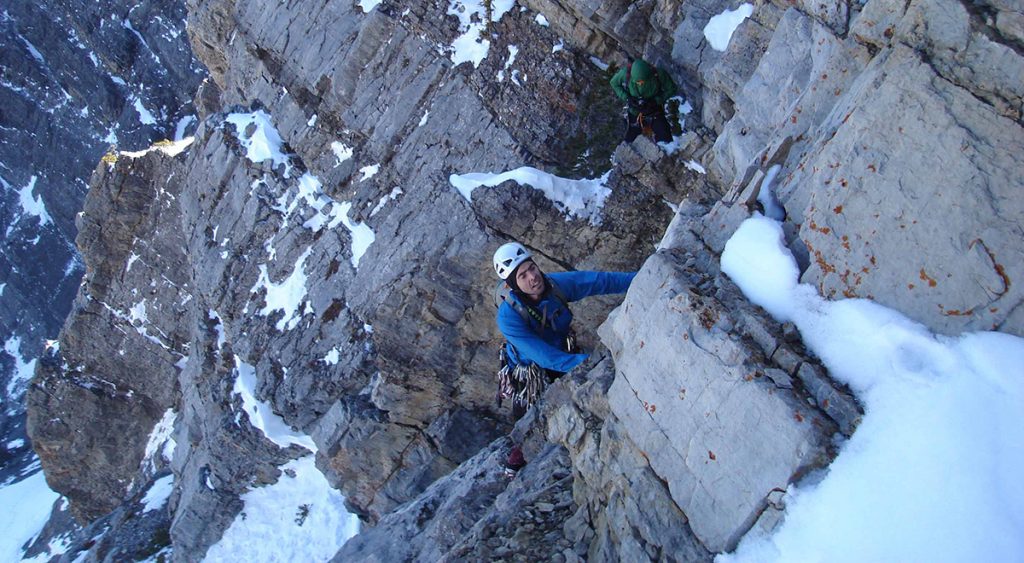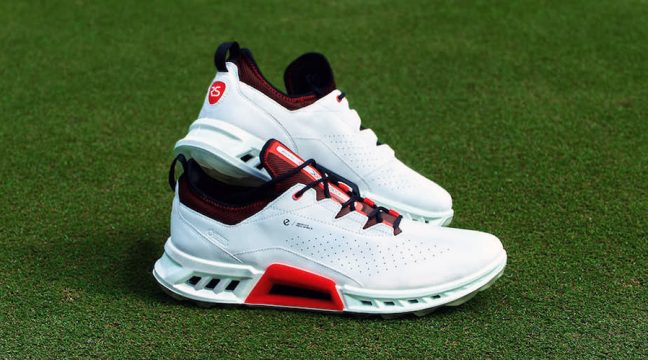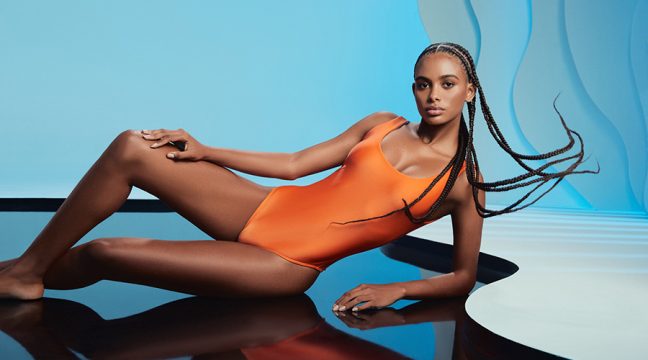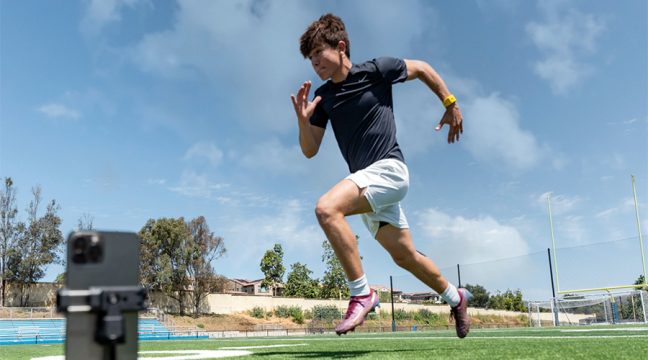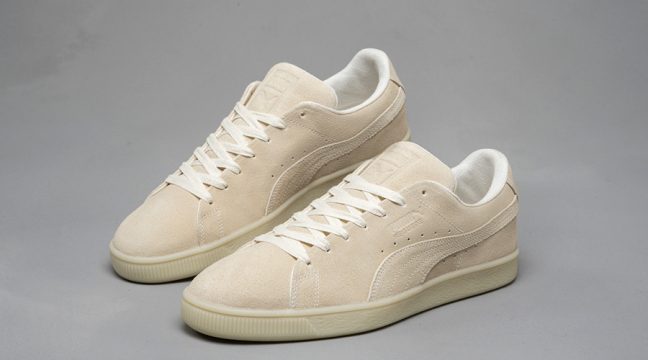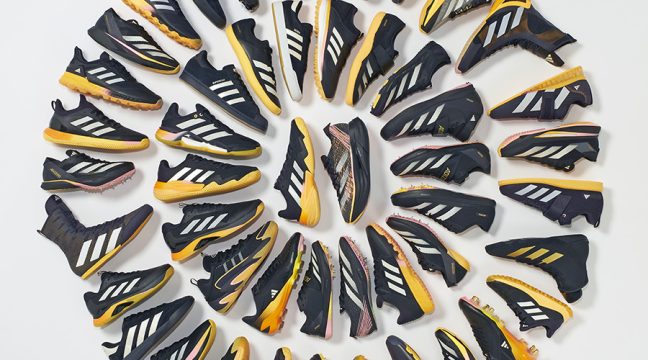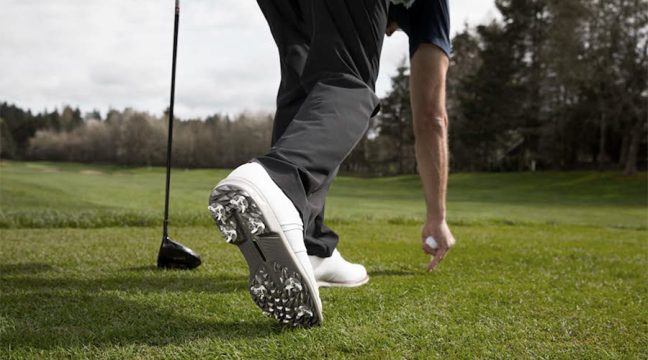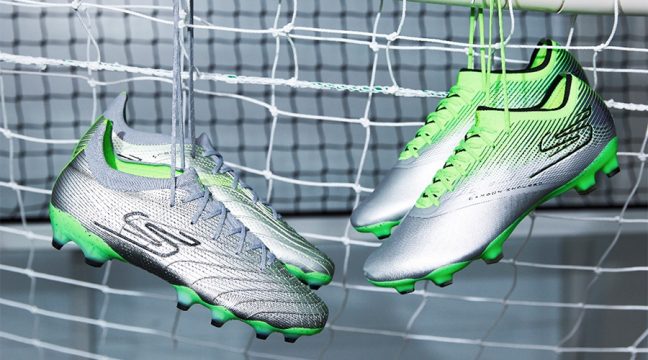[et_pb_section admin_label=”section” transparent_background=”off” background_color=”#ffffff” allow_player_pause=”off” inner_shadow=”off” parallax=”on” parallax_method=”off” padding_mobile=”off” make_fullwidth=”off” use_custom_width=”off” width_unit=”on” make_equal=”off” use_custom_gutter=”off”][et_pb_row admin_label=”row” make_fullwidth=”off” use_custom_width=”off” width_unit=”off” use_custom_gutter=”off” padding_mobile=”off” allow_player_pause=”off” parallax=”off” parallax_method=”off” make_equal=”off” parallax_1=”off” parallax_method_1=”off” column_padding_mobile=”on” custom_width_percent=”100%”][et_pb_column type=”4_4″][et_pb_post_title admin_label=”Post Title” title=”on” meta=”on” author=”on” date=”on” categories=”off” comments=”off” featured_image=”on” featured_placement=”below” parallax_effect=”on” parallax_method=”on” text_orientation=”center” text_color=”light” text_background=”off” text_bg_color=”rgba(255,255,255,0.59)” title_text_color=”#000000″ title_all_caps=”off” meta_text_color=”#000000″ use_border_color=”off” border_color=”#ffffff” border_style=”solid” title_font=”Crimson Text|||on|” title_font_size=”34px” module_bg_color=”rgba(255,255,255,0)” meta_font=”||on||” title_line_height=”1.1em”] [/et_pb_post_title][/et_pb_column][/et_pb_row][/et_pb_section][et_pb_section admin_label=”Section” fullwidth=”off” specialty=”off” transparent_background=”off” background_color=”#ffffff” allow_player_pause=”off” inner_shadow=”off” parallax=”off” parallax_method=”off” padding_mobile=”off” make_fullwidth=”off” use_custom_width=”off” width_unit=”on” make_equal=”off” use_custom_gutter=”off”][et_pb_row admin_label=”Row” make_fullwidth=”off” use_custom_width=”off” width_unit=”on” use_custom_gutter=”off” padding_mobile=”off” allow_player_pause=”off” parallax=”off” parallax_method=”off” make_equal=”off” parallax_1=”off” parallax_method_1=”off” column_padding_mobile=”on”][et_pb_column type=”4_4″][et_pb_text admin_label=”Text” background_layout=”light” text_orientation=”left” use_border_color=”off” border_color=”#ffffff” border_style=”solid” custom_margin=”-115px|||”]
Brian Hall sees a shift in what draws runners to the trail.
From minimalism to maximalism, the pendulum couldn’t have swung any wider in trail running over the last five years. But 2016 has provided some surprising stabilization. It’s worth taking a look at who the category’s consumer base is right now providing that security, and more importantly, to dissect what the men and women walking into specialty retail for a pair of trail shoes are running for and from.
We sat down with Brian Hall, director of product development at Vasque Footwear, who has been with the brand for 11 years, to gauge the new pulse.
“People get introduced to trail running through races,” Hall said, “but now they’re looking for something more. I see a shift toward adventure.”
The difference between a trail race or ultra and the new “adventure” trail running is first and foremost time. Racers focus on distance in its relation to time, while the new trend will emphasize the ethos of covering big challenges in shorter times, while stopping to smell the roses. “You can move so quickly on your own two feet, you can try some wild things,” Hall said.
Hall said he’s already seeing this shift being adopted by high-performing trail athletes, with the increased popularity of crossing entire national parks in the span of days, trying a rim-to-rim challenge or planning a minimalist run/angling trip through the wilderness. It’s like hiking, only faster, and running, only with more attention to the journey than the destination.
“It’s a multi-sport thing also,” Hall said. “I’m seeing crossover where trail running is blended with other pursuits like fly-fishing. It’s a move away from the serious race mentality.”
Although Hall’s time with Vasque has been spent more on the hiking footwear side, the brand has been a trail-running-shoe name for some time. Back then, as Hall recalled, there was Vasque, Montrail and a Solomon option when you went to the retail shelf. And furthermore, these trail running pieces were shoved at the bottom corner of the display. “Now there’s an explosion of offerings and niches,” Hall said. “You have to carve out your space.”
SSI Data* finds that there is actually more sales volume being charted in value trail running. These are the sub-$65 shoes sold primarily by road-running brands at retailers like Kohls. It could be that some of these trail running units are being used to hit the trails, but more likely they’re being worn as dad’s weekend-wear. There is also some discussion around how value trail running shoes are being sold to the ultra crowd, since those consumers run through footwear too quickly to pay $180 per pair.
As for performance trail running footwear, the big outdoor brands are dominating the sales charts. That’s because outdoor brands pack the epic one-two punch: performance and heritage/nostalgia. For many who transition into trail running from other outdoor pursuits, the quality of a brand’s products is known and trusted. You have memories in these products, struggles and accomplishments. It’s an easy, almost natural, transition to trail running. And for outdoor brands like Vasque that toe the line between core outdoor hiking and running, they won’t have to worry about losing the former to the latter.
After realizing there will always be a place for the tried and true Vasque hiker, the brand widened its shoulders by creating a three-shoe trail running platform, exclusive to REI from its debut date November 1, 2016 and running one year and a month.
Using REI’s bullhorn, alongside a category environment of improved performance after a hard year and a half, Vasque is in a sweet spot to make trail running footwear even stronger.
Photo Courtesy Vasque Footwear
*SSI Data, powered by SportsOneSource, collects and analyzes POS data from more than 15,000 retail doors across nine channels of distribution. To learn more, call 303.997.7302 or email Solutions@SportsOneSource.com
[/et_pb_text][/et_pb_column][/et_pb_row][/et_pb_section]

